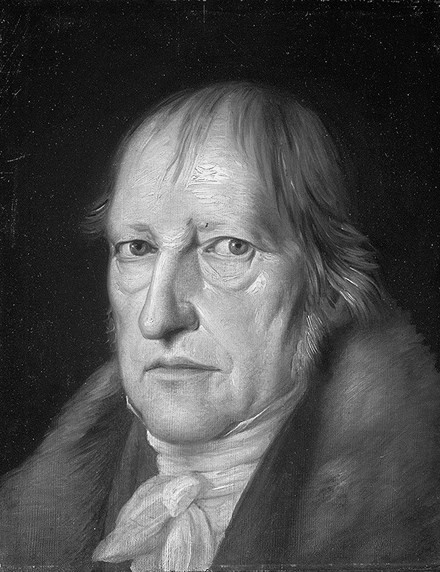
Publication details
Publisher: Palgrave Macmillan
Place: Basingstoke
Year: 2015
Pages: 265-278
Series: Palgrave Studies in International Relations Series
ISBN (Hardback): 9781349499335
Full citation:
, "Acts of recognition, shades of respect", in: Recognition in international relations, Basingstoke, Palgrave Macmillan, 2015


Acts of recognition, shades of respect
pp. 265-278
in: Christopher Daase, Caroline Fehl, Anna Geis, Georgios Kolliarakis (eds), Recognition in international relations, Basingstoke, Palgrave Macmillan, 2015Abstract
Recognition of recognition's importance has only come recently, and belatedly, to International Relations (IR) theory. The concept has been around for two centuries. G. W. F. Hegel had associated recognition and reciprocity among individuals in System of Ethical Life (Hegel, [1802–3] 1979, p. 111), held that Herr and Knecht (lord and servant, master and slave) "recognize themselves as mutually recognizing one another" in Phenomenology of Spirit, §184 (Hegel, [1807] 1977, p. 112), and argued in Philosophy of Right, §331 (Hegel, [1821] 1992, p. 367) that states have an "absolute entitlement" to be recognized by other states. By that time states had engaged in express acts of recognition for several years as Spain's American colonies achieved independence. Contrary to Hegel, Henry Wheaton (1836) declared in his Elements of International Law— the leading treatise of its time—that the recognition of a newly independent state's sovereignty was, for other states, "a question of prudence and policy only" (Wheaton, 1836, p. 98; also 1866, p. 40).
Cited authors
Publication details
Publisher: Palgrave Macmillan
Place: Basingstoke
Year: 2015
Pages: 265-278
Series: Palgrave Studies in International Relations Series
ISBN (Hardback): 9781349499335
Full citation:
, "Acts of recognition, shades of respect", in: Recognition in international relations, Basingstoke, Palgrave Macmillan, 2015

